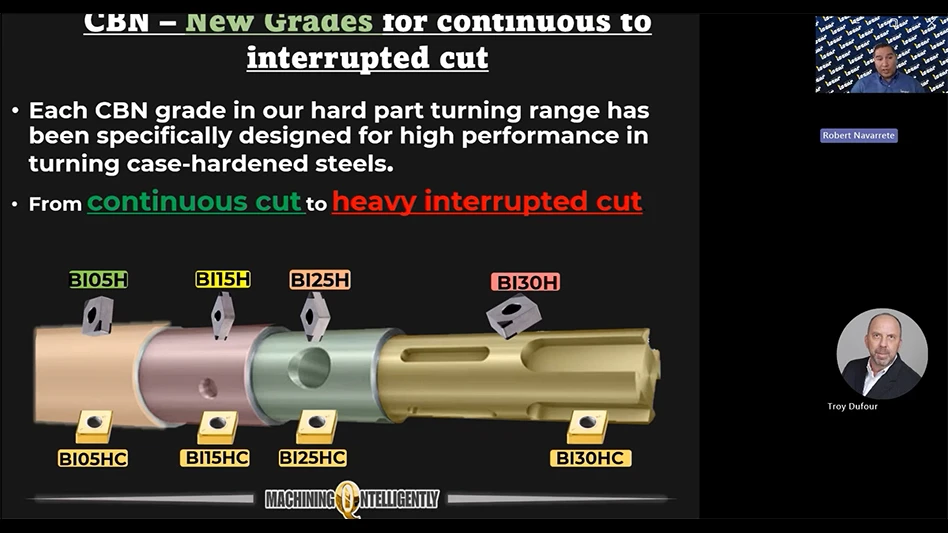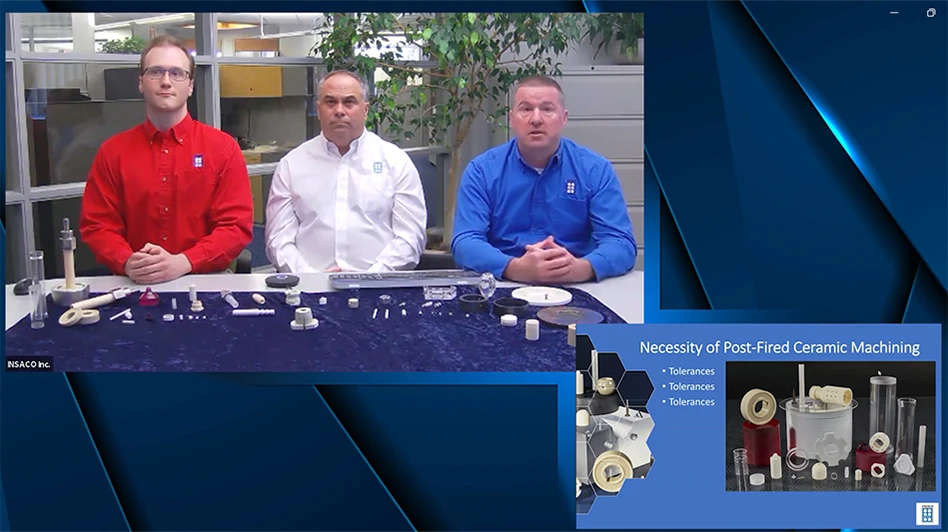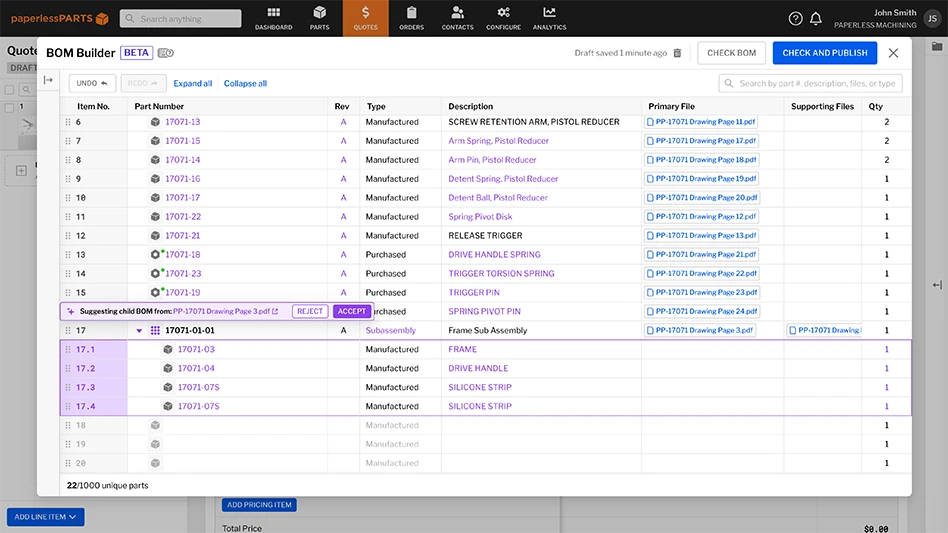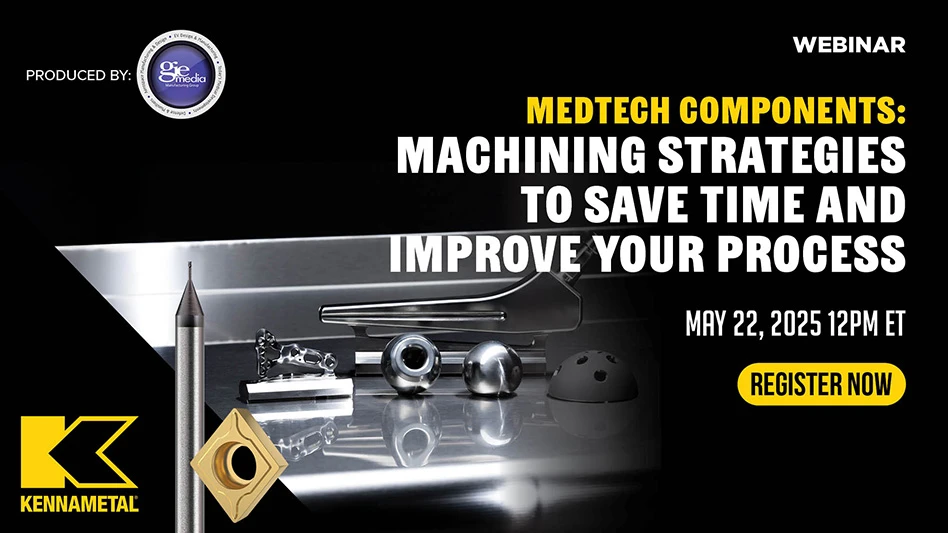
Guill Tool and Engineering

State-of-the-art production equipment and processes hold extremely close machining tolerances when producing multi-lumen and multi-layer medical tubing. However, tool misalignment or maintenance issues can produce exaggerated impacts on the final product.
Equipment maintenance
Improperly maintained equipment can waste 10% to 20% of the material, which can run from 50% to 90% of product cost, since in extrusion processes materials costs are typically higher than labor costs. Tooling suppliers go to great lengths to maintain tips and dies to a determined specification, ensuring perfect concentricity and alignment. Proper maintenance keeps it that way.
Clean parts, especially with sealing and locating surfaces, are key to product performance. These surfaces receive the most care and attention during manufacturing and are the control surfaces that ensure uniformity throughout the tubing. A speck of dirt the size of a human hair – about 0.003" (0.08mm) – can impact precision-machined alignments, so cleanliness is critical to all surfaces. Double- and triple-layer extrusion heads pose even greater maintenance challenges since the number of sealing, centering surfaces multiplies and can magnify dirty tool problems.
Foreign matter usually enters equipment during changeovers when operators disassembled the head to change compounds and/or tips and dies. Thoroughly remove residual material and check for tool deformities, such as burrs, scratches, and scrapes – usually a result of careless handling and/or equipment storage.
Using dedicated work carts designed for extruder head maintenance can produce the best return on investment from well-maintained tools. In addition, make sure proper lifting aids are available. Get help for heavy parts, as surfaces and edges are hard and brittle, so dropping a part or striking them together can cause damage. After thorough cleaning, properly store tools in a dedicated, clean, and dry area with soft surfaces where each instrument is covered and separated. For tool disassembly, use purpose-built tooling – tool costs are easily offset by avoiding damage frequently caused by improper equipment. Follow operator’s manual guidelines as individual tools may have specific recommendations.
Equipment should be cleaned while still hot, since residual polymer and rubber is easier to remove. Be sure to follow all Material Safety Data Sheet (MSDS) recommendations when heating the tooling. Thermal gloves can protect hands from heated tooling surfaces. A brass scraper and brass or copper wool cleaning cloths are recommended because they are soft enough to avoid scratching the surface.

Easing tool cleaning
The quickest way to remove the die is to employ the pressure of the extruder to push it out. Clean the body and body feed port with compressed air and brass pliers to simultaneously cool and remove excess residue from feed ports. Follow this by using a round brass brush to polish the surface and clean the flow area of the flange adapter.
Most manufacturers recommend a hand polishing stone to remove offending burrs. Follow stoning by lightly applying a 600-grit emery cloth if necessary, avoiding sharp, rounding edges.
Flat sealing surfaces can also be cleaned with a stone, followed by a 600-grit emery cloth. Place the cloth on a clean, flat surface, preferably a surface plate, then apply friction in a circular hand motion until the area is clean and even.
Hardened steel alloy parts will not be adversely affected using these methods.

Reassembly
Working from a dedicated tool cart, give each component a final wipe down with a clean rag. Reapply anti-seize compound to fasteners if required. Tighten fasteners to manufacturer’s recommended specifications in the sequence specified in the manual – typically a star pattern. Gradually tighten until reaching proper torque.
One goal of a die manufacturer is to form a concentric cone as quickly and accurately as possible in the primary section of the die – when the extrudate first emerges from the die’s distribution capillaries. A properly designed and manufactured die has even distribution close to the extrudate entrance point. A properly manufactured and aligned extruded head, along with well-maintained tooling, will require little or no adjustment.

However, unnecessary die adjustment can negate this accuracy. Unnecessary die adjustment can also create unbalanced flow that stresses the extrudate. The final product retains memory of this imbalance, leading to unpredictable die swell.
Tooling maintenance ensures a quality extruded product – one that meets dimensional specifications, maintains the specified minimum tolerance, and is produced economically. Dirty, neglected, and improperly adjusted tools contribute to excessive compound applications, which can complicate maintenance of minimum thickness tolerance. Excess material creates unnecessary costs, directly affecting profitability and relationships with customers.

Explore the March 2020 Issue
Check out more from this issue and find your next story to read.
Latest from Today's Medical Developments
- North America's supply chains face sharp decline due to tariffs
- Experience precision: GF Machining Solutions' CUT F Series wire EDM
- Mastering high-temp alloys with Kennametal Inc.
- Integer expands operations in Salem, creating 83 jobs
- Siemens unveils new Teamcenter X: Revolutionizing SaaS PLM for all manufacturers
- 3 Questions with an Expert with Allied Machine & Engineering
- Supply Chain Power – A strategic program for executives
- Sunnen Products' PGE-6000 gage





